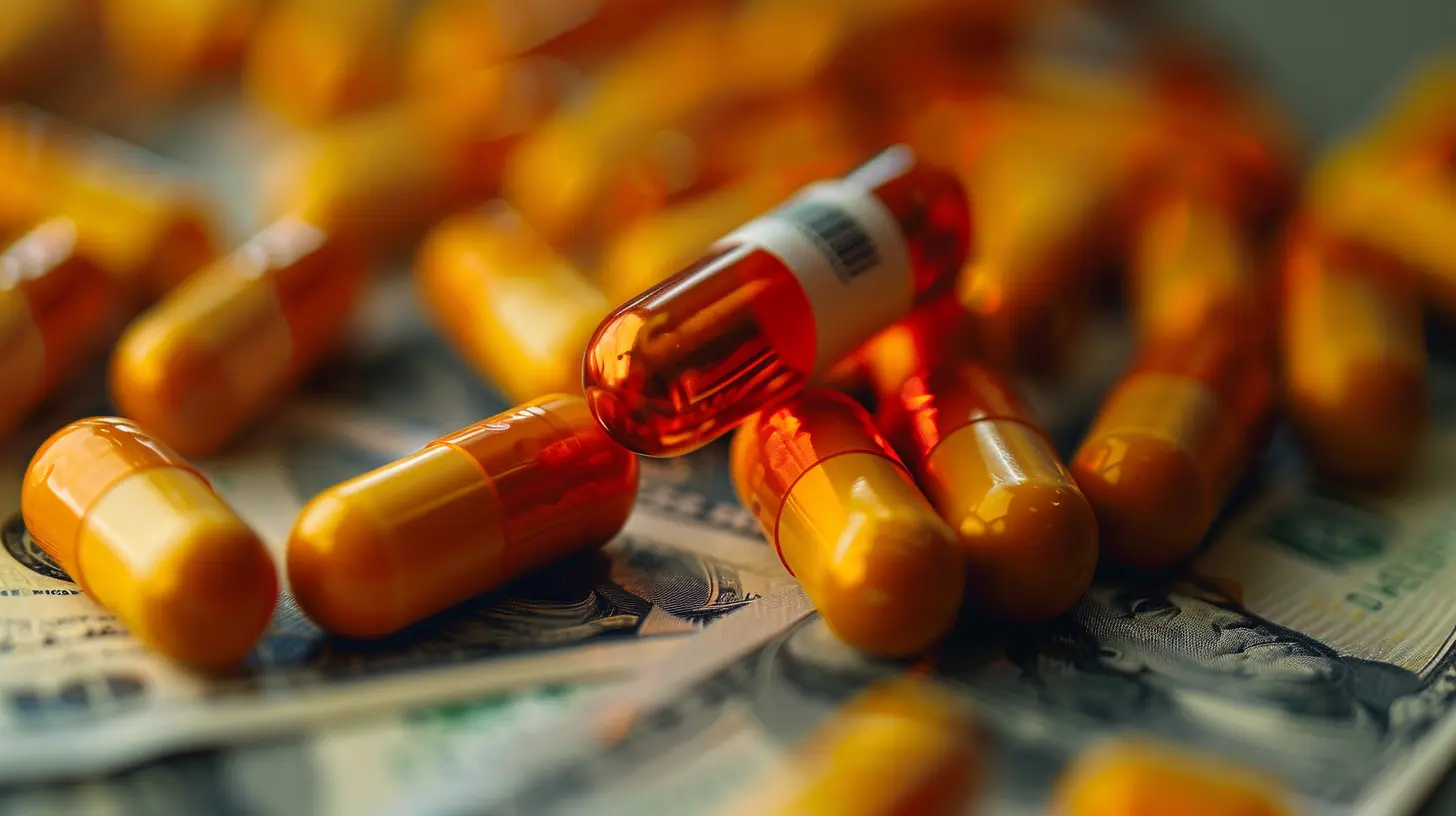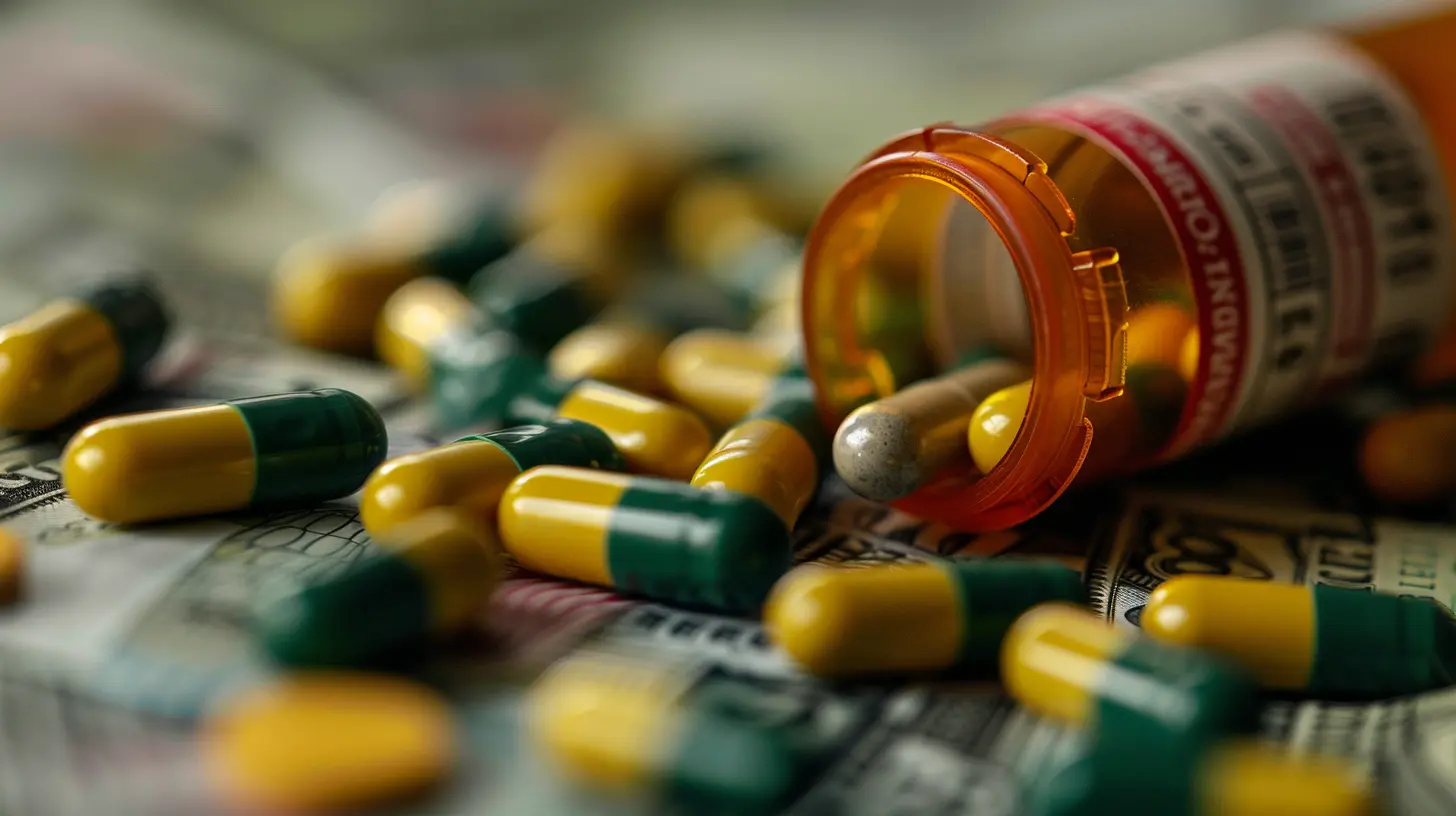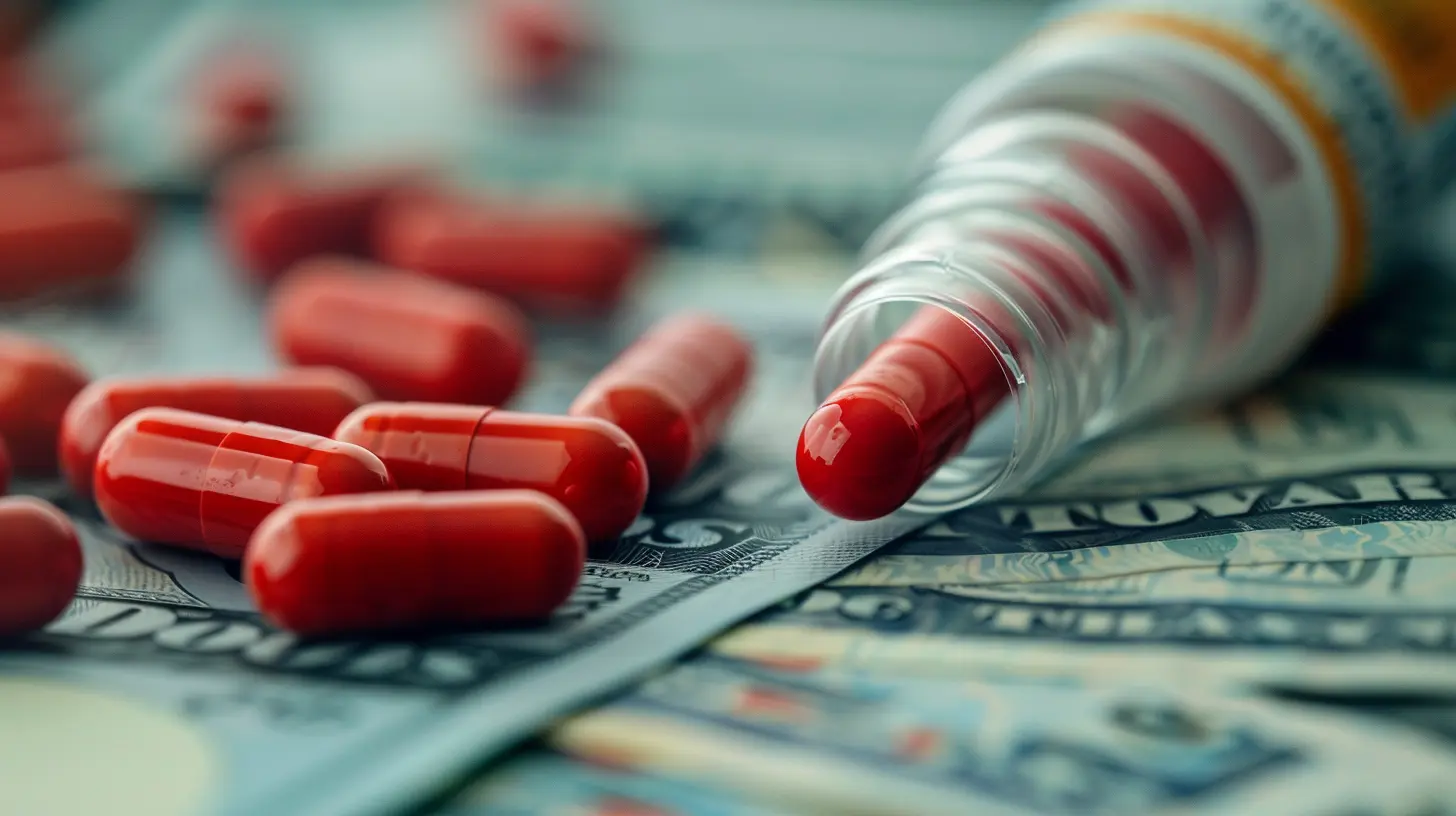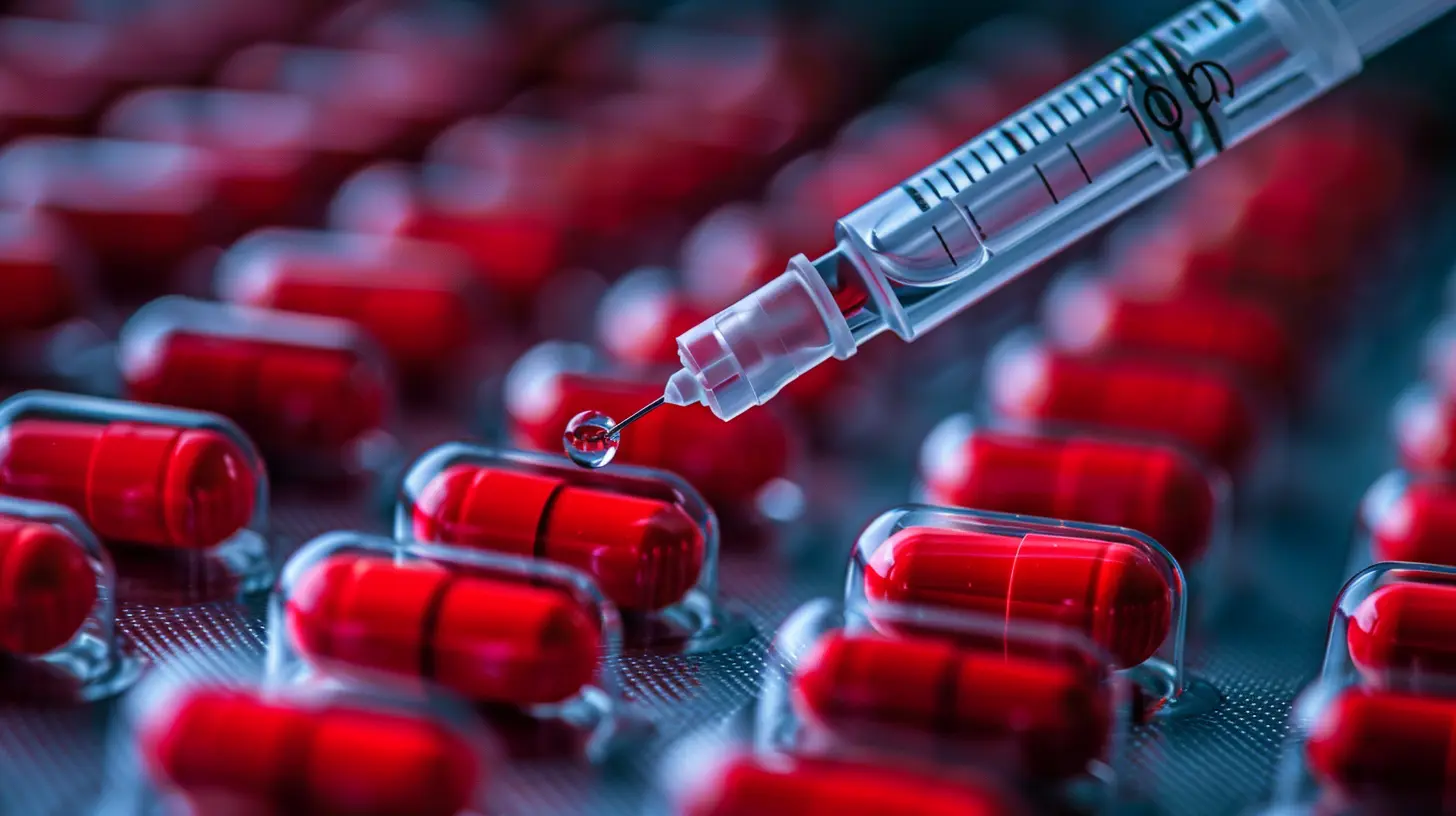The Economics of Doping: Costs, Consequences, and Corruption
29 May 2025
Doping in professional sports isn't just about breaking the rules—it's a billion-dollar industry fueled by money, power, and ambition. From athletes looking for an edge to corrupt officials turning a blind eye, the economics of doping reach far beyond just the competitors. But what are the real costs? Who benefits? And how deep does the corruption run?
Let's break it all down.

The Business Behind Doping
Doping isn’t just a personal decision for athletes; it's an industry. Sports scientists, doctors, coaches, and even sponsors often play a role in ensuring athletes perform at their peak—whether legally or illegally. While fans see the glory of record-breaking performances, behind the scenes, a dark economy thrives.The Cost of Performance-Enhancing Drugs (PEDs)
Professional doping isn’t cheap. Elite athletes spend thousands—sometimes millions—on drugs, treatments, and medical expertise. Some of the most commonly used PEDs come with hefty price tags:- Erythropoietin (EPO): Used in endurance sports like cycling and distance running, EPO costs anywhere between $300 to $1,500 per month for a full doping regimen.
- Human Growth Hormone (HGH): Widely used in weightlifting, sprinting, and even team sports, HGH programs can cost upwards of $20,000 per year.
- Steroids and Testosterone: While some anabolic steroids can be cheap, high-quality versions used by top athletes can cost thousands per cycle.
The Role of Scientists and Trainers
No elite athlete dopes alone. Sports doctors, trainers, and even biochemists work behind the scenes to develop cutting-edge techniques to avoid detection. Some have even made entire careers out of helping athletes bend (or break) the rules.When major doping scandals break—like Lance Armstrong’s downfall or the Russian state-sponsored doping case—it’s clear that doping is far from an individual choice. It’s a system. And like any system, money plays a key role.

The Financial Consequences of Getting Caught
While doping might offer short-term fame and financial rewards, getting caught can be financially devastating. Athletes who test positive don’t just face suspensions—they lose endorsements, prize money, and their reputation.Prize Money and Contract Losses
Many athletes have lost millions after a doping scandal. Take Lance Armstrong—he was stripped of his seven Tour de France titles, ordered to repay over $10 million in bonuses, and lost sponsorship deals exceeding $100 million.Sponsorship and Endorsement Fallout
For elite athletes, endorsements often bring in more money than actual winnings. A doping scandal can end that overnight. Big brands don’t want their name tied to cheaters, which means lucrative sponsorships disappear the moment a positive test hits the news.Legal Costs and Fines
Doping scandals don’t just end with suspensions. Athletes often face lawsuits, legal fees, and fines from governing bodies. For instance, sprinter Marion Jones served six months in prison for lying about her steroid use, losing millions in the process.
The Underground Economy of Doping
Doping is big business, and where there’s money, there’s corruption. Black markets cater to athletes looking for PEDs without raising red flags, and organized crime often plays a role in distribution.Illicit Drug Trade in Sports
Many PEDs are obtained illegally. Athletes may work with underground suppliers to get banned substances, often at premium prices. Some drugs, like designer steroids, are specifically created to evade drug tests—sold at exorbitant prices to those who can afford them.Corruption Among Testing Agencies
Let’s be real—drug testing is far from perfect. We’ve seen cases where anti-doping agencies have been bribed or outright ignored positive tests to protect high-profile athletes.Take the Russian doping scandal. The World Anti-Doping Agency (WADA) uncovered a state-sponsored doping program that manipulated tests for years. If entire nations can rig the system, what does that say about the fairness of sport?

The Ethical and Social Costs
Beyond money, what about the impact on the integrity of sports? If doping is this widespread, is competition even fair?The Broken Trust in Sports
When fans watch a record-breaking performance, there’s always that nagging question: “Was it real?” Doping scandals have made people skeptical of greatness. Sports should be about pushing human limits, not cheating the system.The Damage to Young Athletes
Perhaps the worst part is the trickle-down effect. Young athletes see their idols using PEDs and assume they need them to succeed. This pressure can lead to dangerous drug use, harming long-term health.Health Risks of Doping
Let's not forget the physical toll. Many PEDs come with serious health risks, including:- Heart problems (Enlarged heart, blood clots, strokes)
- Liver damage and kidney failure
- Hormonal imbalances leading to long-term disorders
- Psychological effects like depression and aggression
Athletes risk their entire future for short-term gains—sometimes paying the ultimate price.
Can Doping Ever Be Stopped?
With millions at stake and corruption at every level, is it even possible to eliminate doping? While strict testing and harsher penalties are steps in the right direction, as long as there’s demand, suppliers will always find a way.Stricter Testing Methods
Sports authorities continue to develop more advanced drug tests. Biological passports, for example, track an athlete’s blood markers over time, making it harder to cheat. But as testing improves, so do doping methods.Lifetime Bans and Criminal Charges
Some argue that lifetime bans and legal consequences (like imprisonment) would be the only way to deter doping. But would that actually work, or just drive it further underground?A Radical Idea: Legalization?
This is controversial, but some believe legalizing doping—with medical supervision—could level the playing field and make it safer. But would that destroy the very spirit of sports?
Final Thoughts
The economics of doping aren’t just about individual athletes; they reveal deep corruption within sports, governing bodies, and markets. Money drives doping, but the consequences—both financial and societal—are enormous.As fans, we crave spectacular performances, but at what cost? Until something changes, the murky world of doping will remain a fundamental part of sports economics.
all images in this post were generated using AI tools
Category:
DopingAuthor:

Onyx Frye
Discussion
rate this article
3 comments
Hesper Kim
Great article! It's fascinating how doping intertwines with economics, highlighting the complex costs and unintended consequences for athletes and sports integrity. Thanks for shedding light on this issue!
June 18, 2025 at 11:00 AM

Onyx Frye
Thank you for your insightful comment! I'm glad you found the article engaging and that it resonated with the complexities of doping in sports.
Lulu Blevins
In the world of sports, integrity and fair play are the true champions. While challenges like doping may tempt some, the real victory lies in resilience, hard work, and unwavering dedication. Let’s celebrate athletes who inspire us to pursue excellence ethically, showing that honor and passion always prevail!
June 6, 2025 at 10:56 AM

Onyx Frye
Thank you for your insightful comment! Integrity in sports is indeed vital, and celebrating ethical athletes underscores the importance of fair competition.
Mistral Moses
Doping isn’t just a personal choice; it’s a corrupt system that undermines the integrity of sports. Until we confront the financial motives head-on, true competition will never exist. Enough is enough!
June 3, 2025 at 12:28 PM

Onyx Frye
Thank you for your insightful comment. You're absolutely right—doping not only impacts individual athletes but also erodes the foundational values of sports. Addressing the financial incentives is crucial for restoring integrity and fostering genuine competition.



